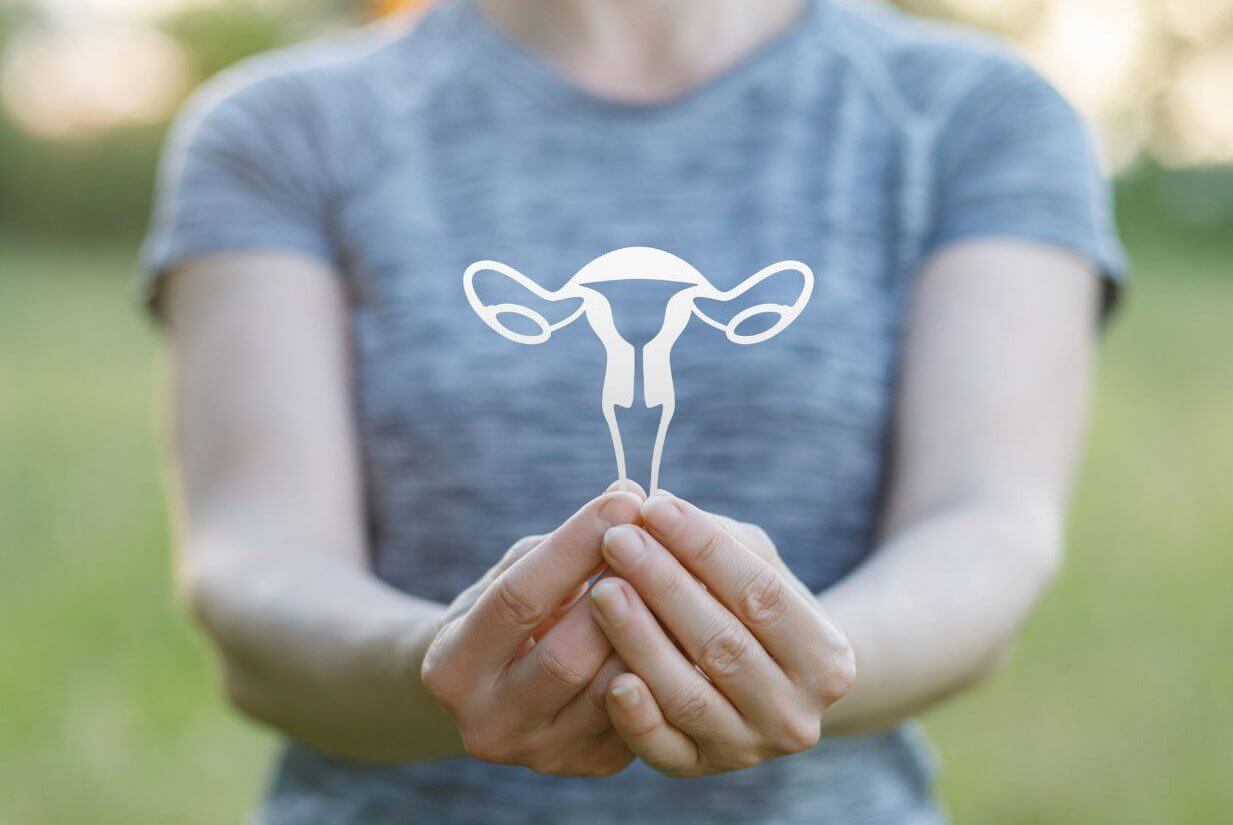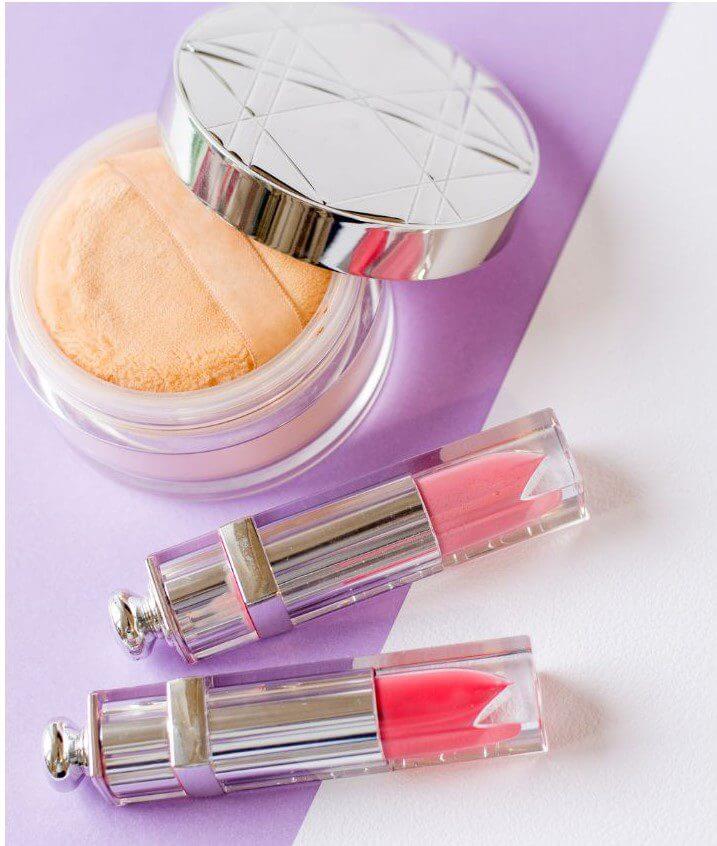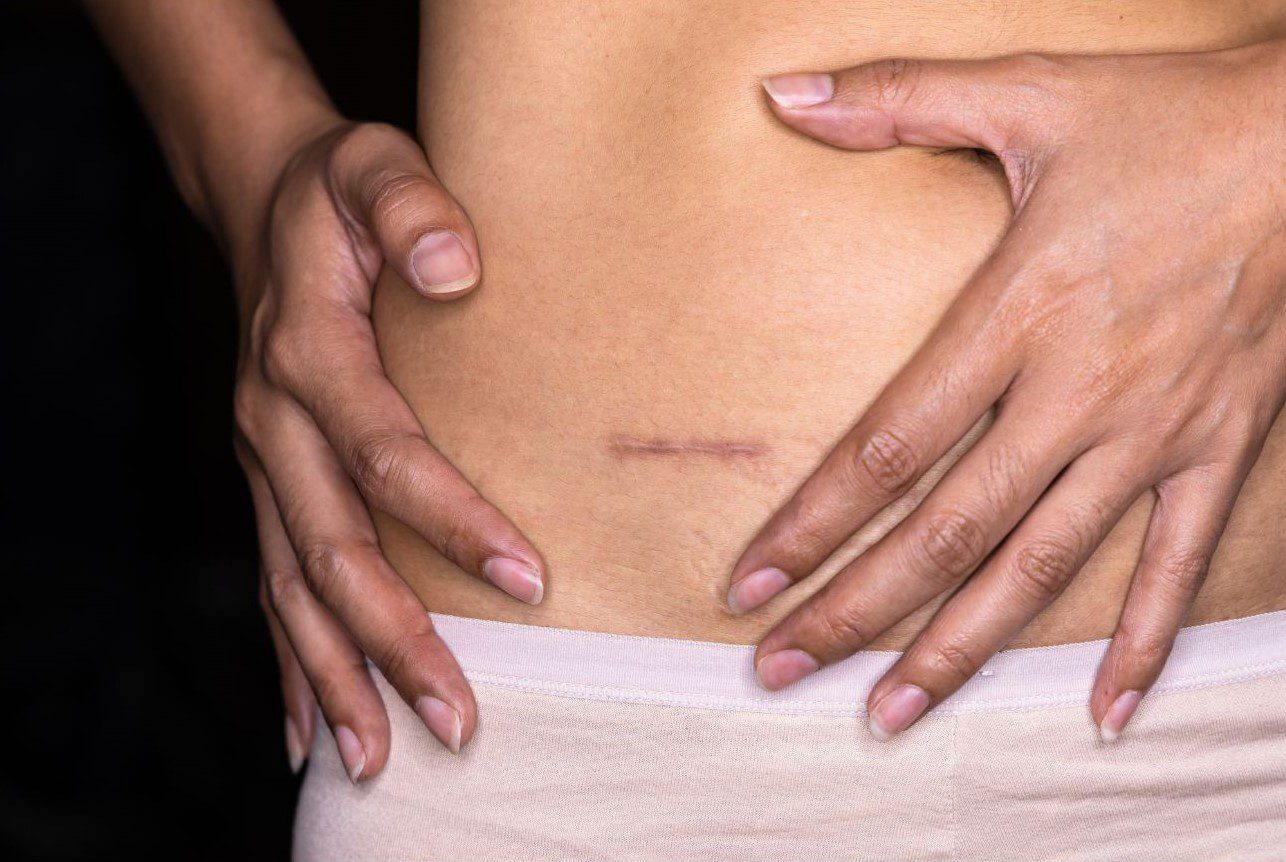Natural Ways to Shrink Uterine Fibroids
More than half of all women will have a uterine fibroid by middle age. These benign tumors that grow in the uterine wall don’t always cause symptoms, but if they’re big enough, they can sometimes lead to heavy menstrual bleeding, pelvic pain, and problems getting pregnant. Your doctor may recommend surgery or medication, but these options may not be the best choice for every woman. So what can you do about it if you’re unsure about conventional fibroid treatment?
The good news is that by better understanding what causes fibroids, you can incorporate a few basic, natural protocols to effectively shrink or halt the growth of fibroids.
Hormone health can be confusing, which is why you’ll find loads of easy-to-follow guides, monthly coaching sessions, and member support inside the Superwoman Circle. Join us here!
First, what are fibroids?

A fibroid is a growth of abnormal tissue in the uterus. They are also known as fibromyomas, leiomyomas, or myomas. They are made up of smooth muscle cells and fibrous connective tissue, and range in size from barely detectable to massive (larger than a cantaloupe).
Depending on the size and location of a fibroid, they can cause a number of symptoms, including heavy menstrual bleeding, painful periods, pelvic pain and pressure, pain during intercourse, and difficulty urinating or with bowel movements. A uterine fibroid can also cause fertility problems by blocking the fallopian tubes or interfering with implantation of a fertilized egg in the lining of the uterus.
Fibroids are non-cancerous growth, but that doesn’t mean fibroid symptoms are not uncomfortable and potentially harmful to your health, especially if they are larger fibroids or blocking a fallopian tube.
Related: Common Hormone Problems That Actually Begin in Your Gut
What causes uterine fibroids?
There are a variety of factors that can contribute to fibroid growth, but the exact cause is unknown. However, we do know that fibroids grow in response to estrogen (1). Additionally, if you’re not making sufficient progesterone, your body is unable to stop the growth of fibroids. This is common with estrogen dominance.
This is why fibroids happen more during childbearing years when estrogen levels are higher. They also tend to shrink after menopause when estrogen levels drop.
There are a few other potential fibroid risk factors, including (2):
- Being overweight or obese
- Vitamin D deficiency
- Having high blood pressure
- Family history of fibroids
- African American race
- Early onset of menstruation
So how do you get rid of fibroids? Let’s take a look at what to expect with conventional methods, and how you can address uterine fibroids naturally.
For natural hormone balance, explore the benefits of Hormone Helper.
Treating fibroids in your doctor’s office
The Pill
Hormonal birth control (or The Pill) is a very common recommendation for treating uterine fibroids, as well as the symptoms they cause. Unfortunately, hormonal contraceptives only mask the symptoms, and don’t do anything to address the health of your uterus in the long term. And to complicate matters, various forms of hormonal birth control come with side effects that are likely to make hormonal imbalances worse when you stop taking it.
Surgery
Surgery to remove uterine fibroids is another option your doctor may suggest. The size and location of fibroids are what dictate treatment recommendations as far as surgery goes. In some cases, your doctor may recommend a hysterectomy (removal of your uterus), but this isn’t always necessary. Understandably, most women want to avoid invasive procedures, so it’s best to speak with your doctor (and get a second opinion) to find out if surgery is the right course of action for your situation.
How to treat uterine fibroids naturally
These factors help address the root cause behind what causes fibroids, without any prescriptions or invasive surgeries.
- Eliminating xenoestrogens from your environment
- Reducing stress
- Supporting the estrobolome
- Enhancing estrogen metabolism
- Eating the right foods
Genetics also play a role in whether or not you develop fibroids. If your mom or sister has fibroids, it’s likely that you do also, and vice versa. It’s also more likely that if you have a daughter, she will also be at an increased risk of fibroid development.
Even if you’re genetically predisposed to developing fibroids, there are actions you can take that address the source of this health issue.
Read: How to Hormone Detox + 6 Steps for Your Liver & Digestive System
Eliminating Xenoestrogens

Xenoestrogens are man-made chemicals that can act like estrogen in the body (but don’t perform the same functions), and have been linked to a number of health problems including uterine fibroids (3).
These estrogens are found in a variety of everyday products, such as:
- Cosmetics and skincare products
- Canned foods and plastics
- Pesticides and herbicides
- Dry cleaning chemicals
- Fabric softeners
You can’t completely avoid xenoestrogens, but you can limit your exposure by reading labels, using natural products, and avoiding canned foods and plastics as much as possible.
Reducing Stress
Stress can contribute to hormone imbalance, which worsens the growth of uterine fibroids, so it’s important to find ways to manage stress levels. This might mean adding yoga or meditation to your routine, spending time in nature, or journaling.
Try these: Adaptogens to Release Stress, Anxiety, & Tension
Supporting the estrobolome
The estrogen in your body is processed by bacteria in the gut, which we call the estrobolome. In order to keep estrogen levels within a healthy range, it’s key to support these specialized digestive bacteria and enzymes.
Research has shown that certain strains of gut bacteria can help metabolize estrogen and keep it from being reabsorbed into the body, where it contributes to fibroid growth. Some strains of probiotics in particular, like Lactobacillus gasseri and Lactobacillus acidophilus help regulate estrogen metabolism in the gut (4,5). Others, like Lactobacillus plantarum and Bifidobacterium longum support overall microbiome health (6).
You can also support your estrobolome by:
- Eating fermented foods like sauerkraut or kimchi.
- Taking a probiotic supplement that contains a blend of Lactobacillus and Bifidobacteria
- Eating prebiotic foods that feed the good bacteria in your gut, such as onions, garlic, artichokes, and apples.
- Eating cruciferous vegetables like cabbage, broccoli, and cauliflower which contain estrogen-blocking compounds according to several studies (7).
Related: How to Choose a Probiotic for Weight Loss, Hormone Balance, and More
Enhancing estrogen metabolism
There are different ways the body metabolizes estrogen, and it results in 3 main metabolites:
- The first is called 2-hydroxyestrone (2OH) and it’s considered the “good” estrogen.
- The others are 4-hydroxyestrone (4OH) and 16-hydroxyestrone (16OH) and are considered less favorable because they can contribute to symptoms of estrogen dominance, and fibroids (8).
Unfortunately, the “unfavorable” metabolites are common in modern women. But there are certain things that can help shift estrogen metabolism towards the “good” way. These include:
- Eating a hormone-friendly diet with plenty of fiber, cruciferous veggies, protein, and healthy fats
- Vitamin C: 500-1000 mg per day
- B vitamins: 50-100 mg per day
- Consider supplements like DIM, which helps promote favorable estrogen levels, or calcium-d-glucarate to break down estrogen in the gut.
Show your liver some love

When you think of estrogen, your gut is like a processing facility, but your liver is the laundromat. Your gut gets estrogen packaged up and ready to be thrown out, but your liver is responsible for actually eliminating it. If your liver is bogged down by toxins or other lifestyle factors, this slows down estrogen elimination and you may experience symptoms of estrogen dominance, including fibroid growth.
Your liver is happiest when getting plenty of leafy greens and hydration. It’s also beneficial to stay away from synthetic sugars (like high-fructose corn syrup), caffeine, and excess refined carbohydrates.
Read: Full Body Detox | 9 Ways to Rejuvenate Your Body—without Supplements!
Diet to reduce fibroids
There are certain foods that can help to reduce fibroids by reducing estrogen levels or promoting estrogen metabolism. Eat a hormone-friendly diet that discourages fibroid growth, by:
Eating more anti-inflammatory foods. Omit bad fats like vegetable oils, swapping instead for healthy fats from fish, avocados, coconut, or olive oil. You can also eat more antioxidant-rich foods like berries, leafy greens, and quality proteins.
Incorporating foods with isoflavones. Organic soy, like miso and tempeh, and legumes (lentils, beans, peas) are the richest sources of isoflavones (9). Isoflavones, such as genistein and daidzein, have an anti-estrogenic effect on fibroids in the uterus (10).
Try a liver-cleansing smoothie. Start with a base of organic greens like spinach or kale, then add in detoxifying ingredients like lemon, ginger, cilantro, and turmeric. My favorite is this one!
Foods to avoid
There are also certain foods that contribute to fibroid growth via their effect on estrogen levels or inflammation. These include:
- Sugar and ultra-processed foods
- Non-organic soy products
- Conventional dairy products and red meat
- Alcohol
- Caffeine
If you have uterine fibroids, there are natural ways to treat them that don’t involve surgery or hormonal birth control. One of the most effective ways to shrink uterine fibroids is by supporting estrogen metabolism in the gut and liver. If you have estrogen dominance, this could also be a sign that your body needs extra help detoxing estrogen. Follow these tips to treat uterine fibroids naturally.
Resources
- https://www.ncbi.nlm.nih.gov/pmc/articles/PMC6344829/
- https://www.nichd.nih.gov/health/topics/uterine/conditioninfo/people-affected
- https://www.ncbi.nlm.nih.gov/pmc/articles/PMC8395949/
- https://www.ncbi.nlm.nih.gov/pmc/articles/PMC5017946/
- https://www.ncbi.nlm.nih.gov/pmc/articles/PMC3080482/
- https://www.ncbi.nlm.nih.gov/pmc/articles/PMC8225012/
- https://www.sciencedirect.com/science/article/pii/S0960977612001646
- https://linkinghub.elsevier.com/retrieve/pii/B9781416029540500612
- https://www.ncbi.nlm.nih.gov/pmc/articles/PMC4520332/
- https://pubmed.ncbi.nlm.nih.gov/22684228/

